
7 Tips for Travelling with Medication
If you are planning a trip overseas and you take medication, here are 7 guidelines to help when planning your trip.

When travelling to cold destinations, staying warm is essential. Layering clothes is the best way to regulate your body temperature and stay comfortable. In this guide, we’ll explore the three main layers: the base, middle, and outer layers. We’ll explain their functions, provide examples, and offer tips for choosing the right clothing.
Some of the links below are affiliate links, meaning, at no additional cost to you, I will earn a commission if you click through and make a purchase. This helps me to keep bringing you travel updates and news.
I only recommend companies and products that I personally use.
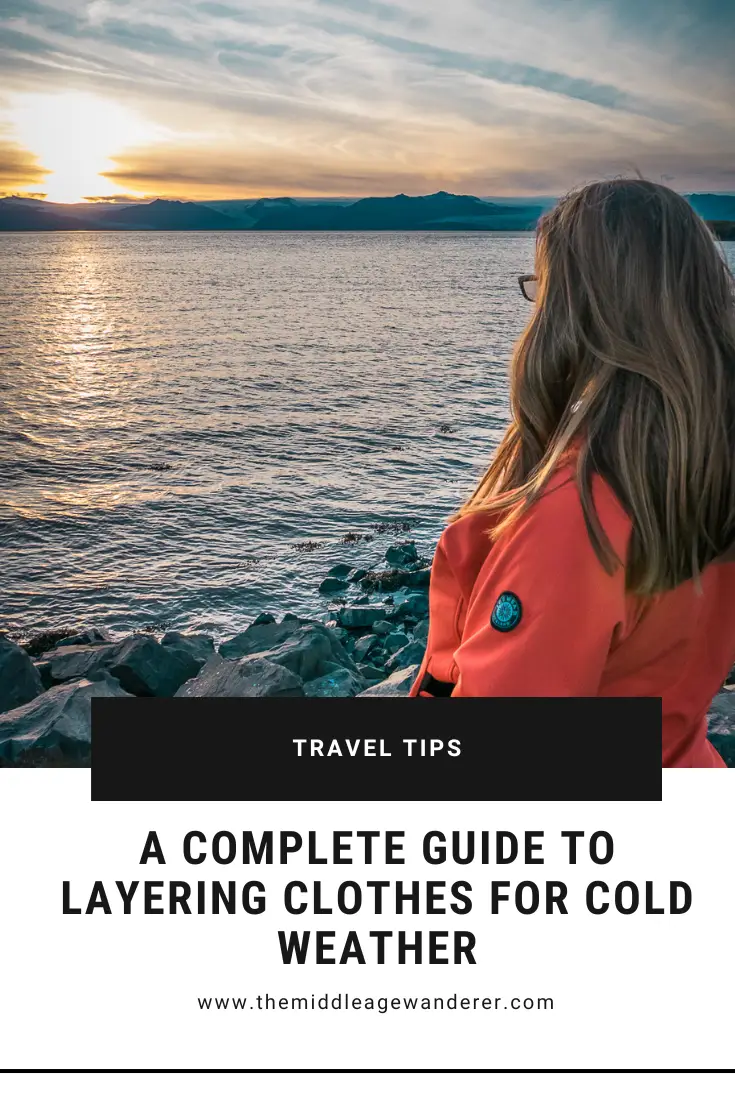
Layering is the practice of wearing a number of pieces of clothing on top of each other to manage body temperature and stay comfortable in different weather conditions. Each layer has a specific purpose:
Together, they create an effective system that can be adjusted as the weather changes throughout the day.

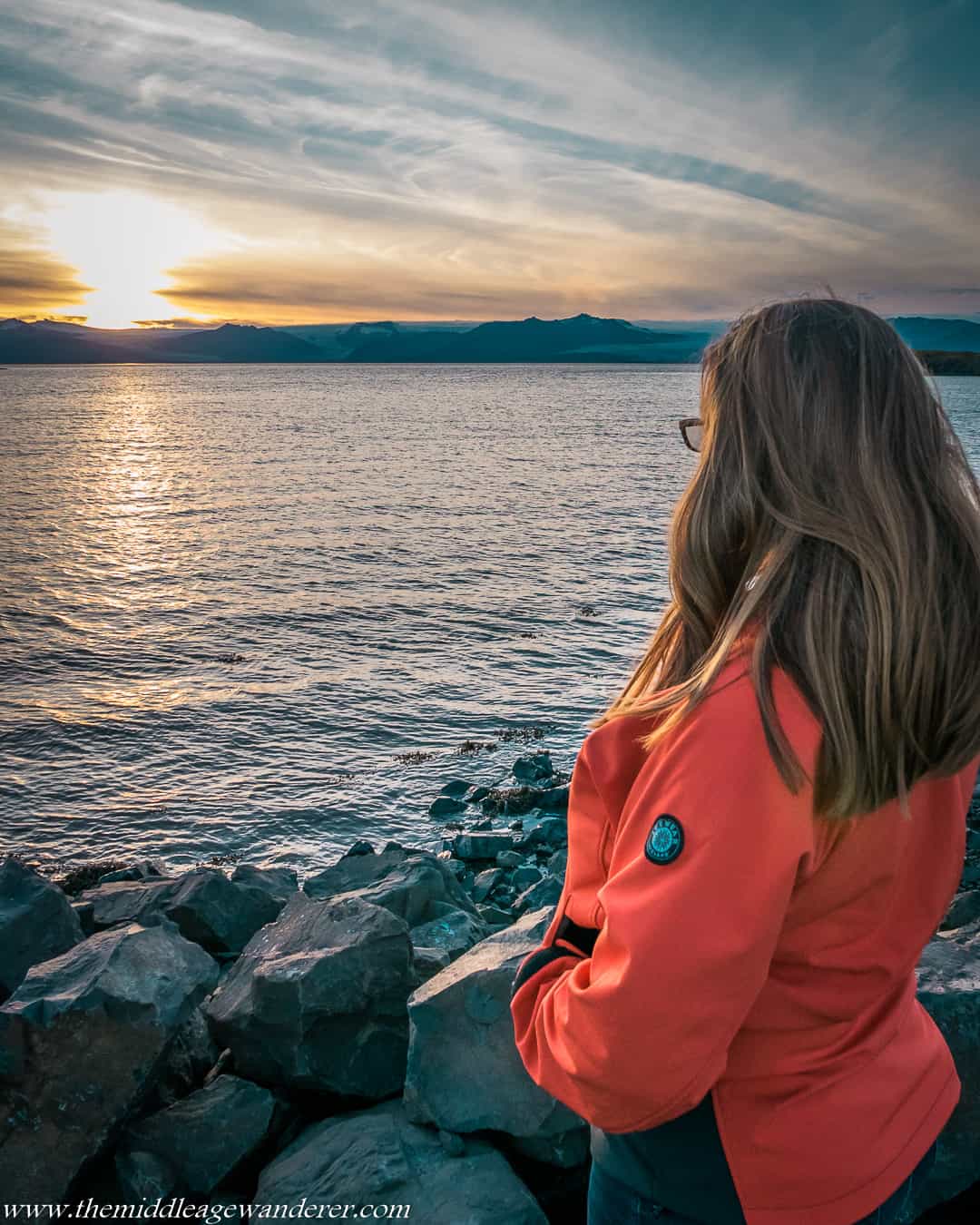
Layering is important for several reasons:
Now, let’s break down the three main layers and how to choose the right clothing for each.
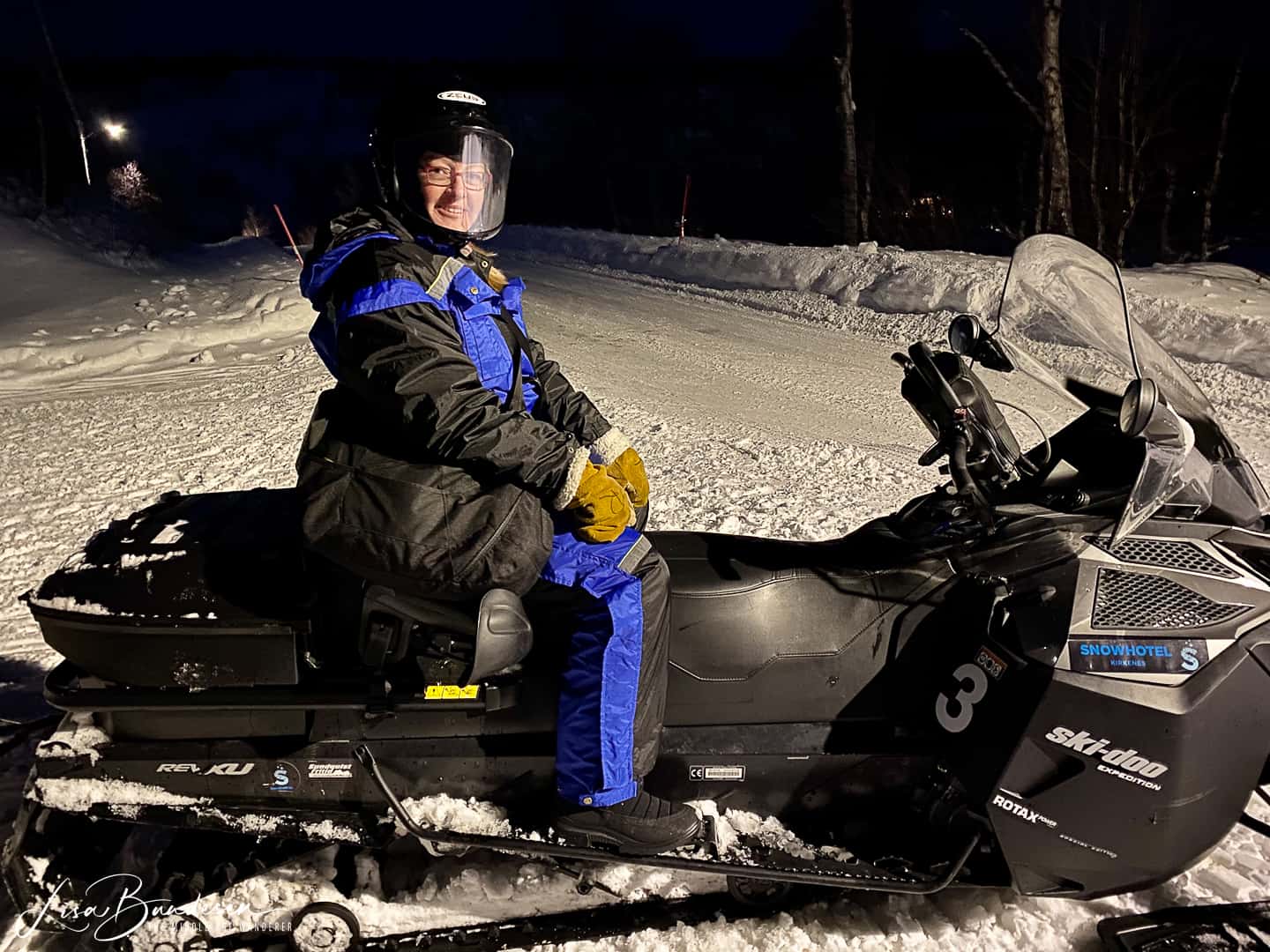
The base layer is the foundation of your layering system. Its main job is to manage moisture by wicking sweat away from your skin. This helps keep you dry, which is essential for staying warm because wet skin loses heat rapidly.
When layering clothes, the middle layer provides insulation by trapping body heat. It also acts as a barrier against the cold by trapping air close to the skin, which causes the body to heat up. This layer is crucial in maintaining warmth.
The outer or shell layer shields against wind, rain, and snow. It’s crucial for preventing the elements from penetrating the other layers while allowing moisture from your body to escape.
Hiking and Backpacking
Skiing and Snowboarding
Everyday City Exploration
Accessories
Footwear


Effectively layering clothes is key to staying warm and comfortable in cold weather. By understanding the purpose and examples of each layer, you can create a system that suits your needs and activities. Whether you’re hiking in the mountains or exploring a winter city, the right layers will ensure you enjoy your adventure without worrying about the cold.
Remember, the best way to find the perfect layering system is through experience and adjusting based on your personal comfort and activity level. Stay warm and enjoy your travels!

Hi, I’m Lisa, a retired chartered accountant. My husband, Darren, and I explore the world as much as possible. Staying fit is key to our adventures, from hiking the Inca Trail to scuba diving. We call Australia home but travel overseas often, always eager to discover new cultures, bustling cities, cuisines, nature and wildlife.

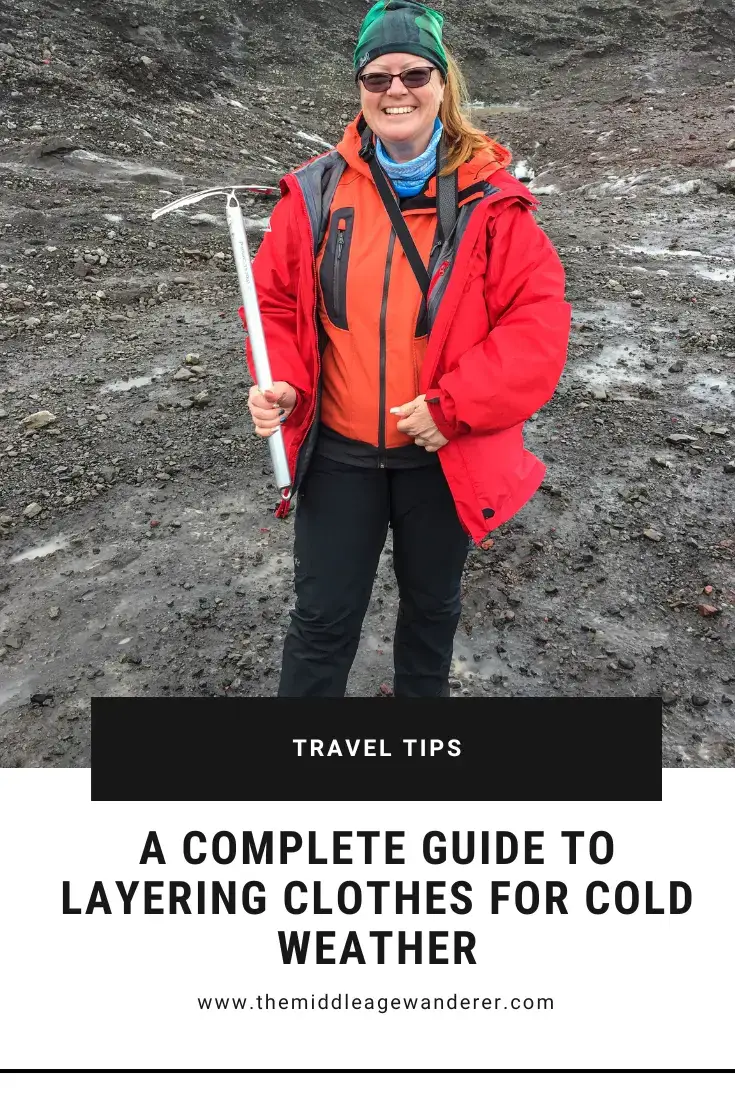
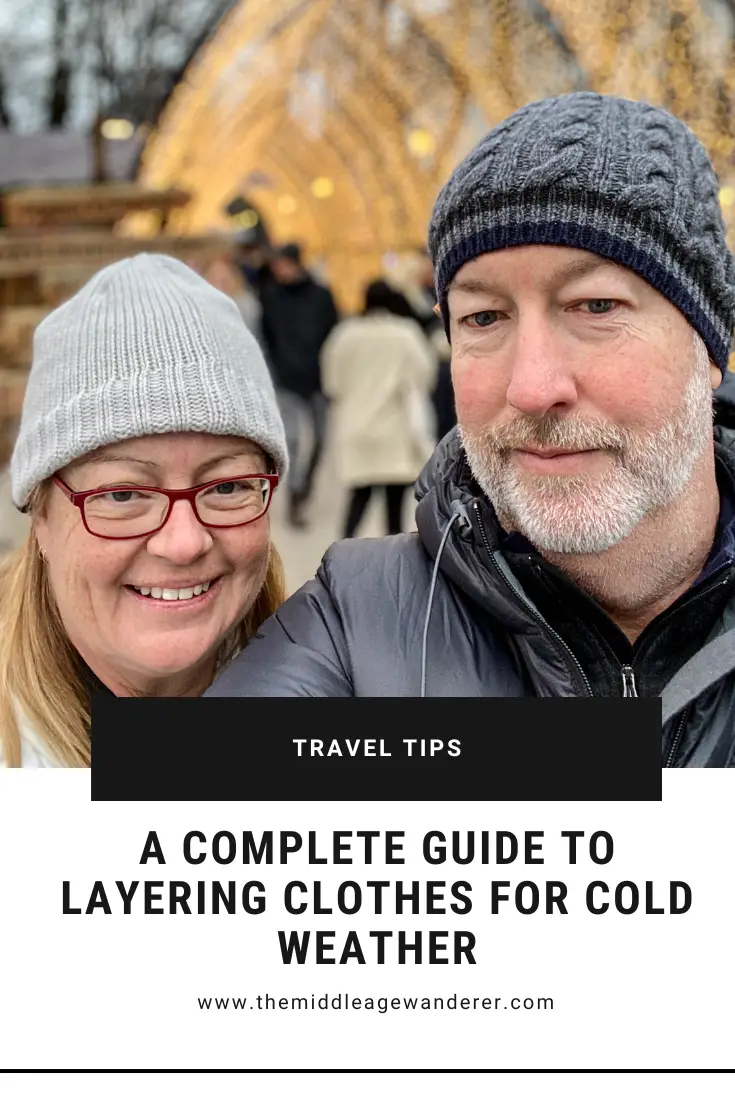

If you are planning a trip overseas and you take medication, here are 7 guidelines to help when planning your trip.

So you struggle to save for a holiday? Follow these 5 steps to help you save for your next holiday and all your holidays after.

Master the art of layering clothes with our expert tips. Stay stylish and warm with these essential layering techniques.

Ethical animal tourism is top of mind for many of us when we travel. So how do we tell if an animal encounter is ethical?

For many of us, travelling also means we tend to do a lot more walking that we would usually do, so here are 5 foot care tips for travelling.
© 2024 The Middle Age Wanderer
Made with 
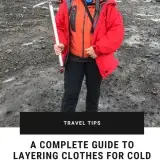
12 Responses
I don’t like the winter and this article will help me choosing the right clothes. Thanks!
Thanks Elena. Coming from Australia, we aren’t used to the cold but I do love spending time in cold climates.
As you suggest, accessories like hats and gloves can make all the difference to a fun day out in the cold.
Agree Sonia. I never go out in cold climates without a beanie and gloves. If my head and hands are warm, I feel so much better.
As Canadians, we learn about layering clothes in the winter from a young age. But with changing clothes fabrics and approaches, it is good to keep refreshing our ideas. And I must admit that “comfort” is a much bigger consideration as we age. Some great tips for people not used to layering for warmth and comfort.
Totally agree about comfort Linda. It’s my number one priority when looking for winter clothes.
Excellent account. I particularly agree with your last two points –
Ignoring Fit: Layers should fit comfortably and allow for movement without being too tight – if you’re short, like me, it’s often hard to find stuff that fits properly, so you end up with what seems like the best available, but it doesn’t always do the job.
Forgetting Accessories: Small items like hats and gloves make a big difference in overall warmth – gloves are a particular problem for small hands. I often use fingerless gloves with a pull-over mitten that covers and keeps the fingers warm while letting you use the fingers with a minimal loss of heat when necessary.
I love the fingerless mitten gloves too Annie. I discovered them for the first time in Iceland and bought a pair. They go on every cold trip I do now. They are great for when using cameras.
Oh I love those pullover mittens too. It’s the only way to conveniently use a smartphone in the cold without having to take off the glove.
Absolutely agree Teja. They are great.
Very useful information! Not looking forward to winter but good to be prepared!
As I’ve gotten older I’ve started to love the cold more and more.